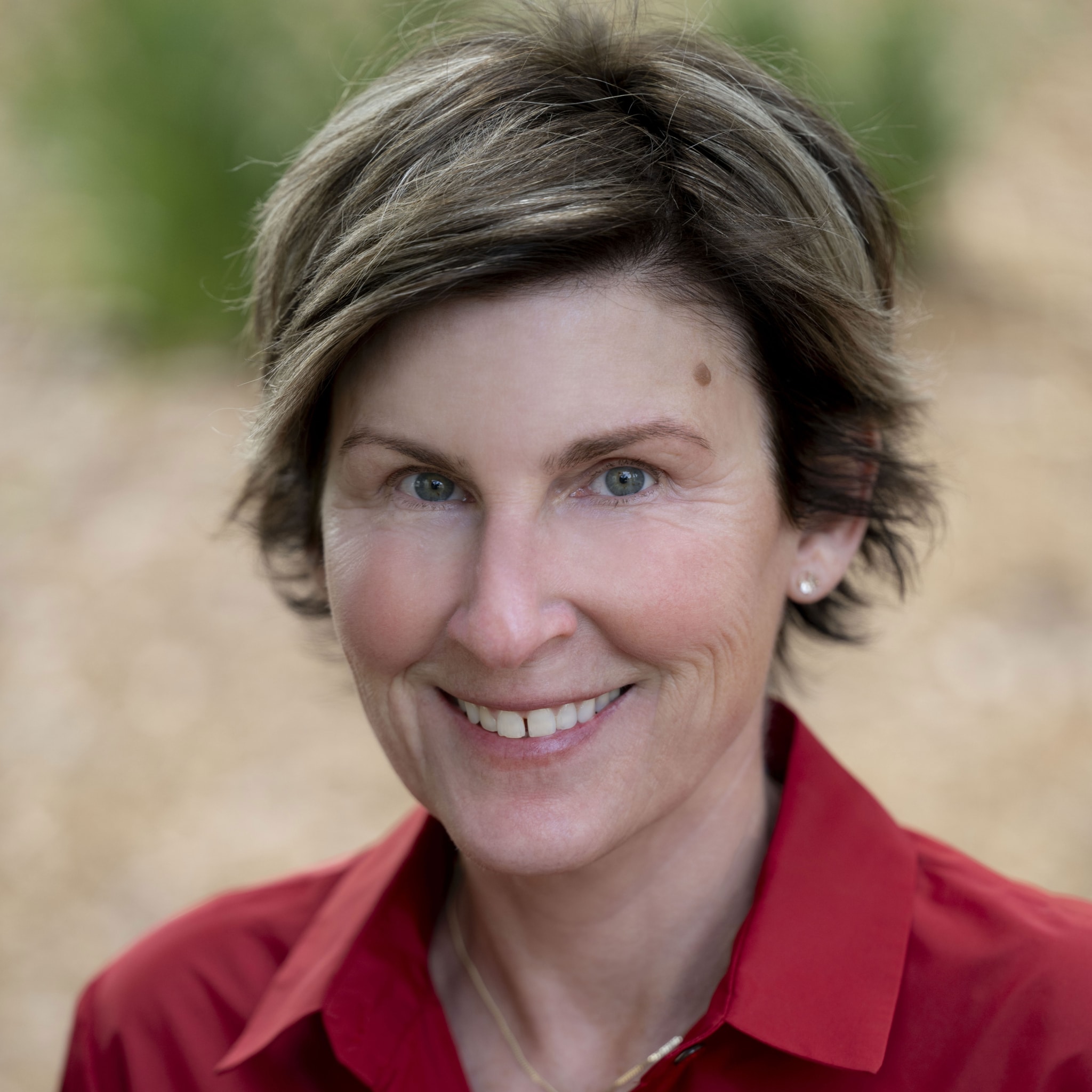An Interview with
Lee Pullen
Director at Marin County Aging and Adult Services
Making places age-friendly involves cities, towns, multiple county departments and community stakeholders. Each have their own priorities, performance indicators, and systems, which means there is a complex array of cultures and relationships to manage to get anything done.
From September 2018 to early 2021 Collaborative Consulting partnered with the County of Marin in California to not only work out what its age-friendly plan might be but, how it might be implemented. In this post, we speak with Lee Pullen, the Director of Aging and Adult Services at the County of Marin, on how they have devised an approach that doesn’t just implement a set of actions but also promotes, advances, coordinates, influences and learns with the aim of creating a livable, age-friendly community for all.
Collaborative Consulting (CC): Hi Lee. Tell us a little bit about Marin County.
Lee Pullen (LP): It’s in the San Francisco Bay Area with San Francisco to the south and Sonoma to the north. The Pacific Ocean runs along the county’s western span. There are eleven incorporated cities and towns, and a number of unincorporated areas. The total population is 260,000 with 30 percent over the age of 60.
CC: You call your age-friendly plan ‘age-forward’; explain the name.
LP: We want people to age in a proactive way. We thought that age friendly sounded too soft. We wanted to signal that aging in Marin County would be action oriented. Of course, we’re guided by a framework from the World Health Organization and AARP that uses the term age friendly so it’s similar, but we wanted a name customized to our goals that caught people’s attention and expresses our intent.
CC: Explain the relevance of the plan being county-wide.
LP: Age friendly began as a city and town movement. Municipal corporations of the cities and towns would hold the plans. But, as I mentioned, we have a number of unincorporated areas, which the County oversees, so if it had remained a city and town effort, it would not have included our entire county’s population. To this end, with the County’s Board of Supervisors creating its own plan, Marin’s age-friendly endeavors are now truly countywide.
CC: That had quite a fundamental impact on the age-forward plan.
LP: Yes. Classically, when we think of enacting a plan for a group of residents, we think in terms of departments, like the park system, the library system, the fire department, the department of public works, and the community development agency. They all provide services to residents, and those services can be changed to make them more age-friendly. Because we want to operate countywide, all those departments had to think beyond their usual territories and services.
CC: Explain how you helped them do that.
LP: We engaged numerous department leaders as part of the process of formulating the plan. We also engaged numerous residents and community leaders. We did surveys and focus groups and had some one-to-one discussions. By the end, we’d spoken with almost 2,000 people, about 5% of the population. From everything they said, we identified six focus areas with 24 action items. We then prioritized 10 of the 24 on the basis that we could start work on them immediately – they didn’t involve major programmatic changes and required little, if any, political advocacy.
CC: Let’s get to the implementation approach. Explain the role of the Board of Supervisors.
LP: Its role is partly procedural and partly perceptual. On procedural, in California, the Board of Supervisors oversees the operations of the county government. It is responsible for overseeing the formulation and implementation of our age-forward plan. To do that, it established a subcommittee to review progress of the action items, approve new ones, and identify areas that may require the Board’s involvement, such as when something affects or suggests changes to county-wide policies. On perceptual, the fact that the Board has recognized the importance of having an age-friendly plan, and has even established a subcommittee for it, signals to the County departments that it is something that everyone should take seriously.
CC: The plan requires a lot of coordination.
LP: Yes, because it involves working with county departments, city departments, and the residents of unincorporated areas, all of which have their own plans and priorities, some including aging. All of this coordination is handled by my department, Aging and Adult Services at the County of Marin, and on a day-to-day level is done by the newly hired Age-Forward Coordinator. This person has the tough job of keeping things moving, which includes fostering interdepartmental, interagency and public dialogues; gathering, interpreting and presenting on data which emerges; and driving the coordination and collaboration to see that the age-forward action items move forward and are met. The fact that the Board of Supervisors approved the budget to hire the Coordinator is an example of the ‘perceptual role’ described above – it signaled the importance of the work to the county.
CC: And there are a lot of influential stakeholders to manage.
LP: Yes. There are many. There is the Commission on Aging, for instance. The Commission collaborates with the Coordinator and the subcommittee of the Board of Supervisors. There is also a network of age-friendly cities and towns in Marin. Both of these stakeholders bring a lot of knowledge of what matters to aging communities. They influence through education and advocacy and coordinating with them requires diligence. Ultimately, of course, every resident of Marin is a stakeholder because this work is about making our community livable for all ages and all backgrounds. If we improve things for older adults, in effect, we improve our community for all.
CC: So, how is the implementation of the plan going?
LP: As we expected, it varies between departments. Some, such Parks and Open Space and the Free Library, have already woven in age-friendly practices into their operations. Parks, for instance, has improved accessibility to trails and has funded fall-prevention classes, while the Library has increased intergenerational programming. Meanwhile, we are focusing on supporting other departments and unincorporated areas in making progress on their action items. For example, we are working with the Community Development Agency on affordable housing options, including the promotion and permitting of accessory and junior accessory dwelling units for homeowners to add to their current property.
CC: And, of course, you’re learning as you go.
LP: Yes, we’re continuously learning. For instance, part of the age-forward plan is on disaster preparedness. We’ve learned that we need a different way to register older adults who aren’t tech savvy or don’t have computers or smart phones for emergency alerts. And we’re learning which materials and communications channels are likely to prompt older adults to initiate emergency planning. Elsewhere, we’re learning how to apply a dual age-forward and racial equity lens. Our goal is to foster systemic change by encouraging departments and the unincorporated areas to bake in this dual lens into their own age-forward planning, and thus make significant progress in reducing ageism and advancing racial equity.
CC: The learning also informs the implementation approach.
LP: Absolutely. The approach that I’ve talked about here is based on what we know about the departments, stakeholders and population. But, as we work on the action items, some of that learning will tell us what’s working in our approach and what’s not working. Being responsive to this is part of how we designed it.
CC: That’s excellent. Thanks for having us be part of this work.
We have enjoyed working with Lee and his colleagues at Marin County. What we’ve been most impressed with is their desire to ‘bake in’ age-forward practices in how the departments and unincorporated areas operate. Coupled with that, is their desire to learn how to work with the complex array of cultures that exist in multiple community departments and amongst community stakeholders.




